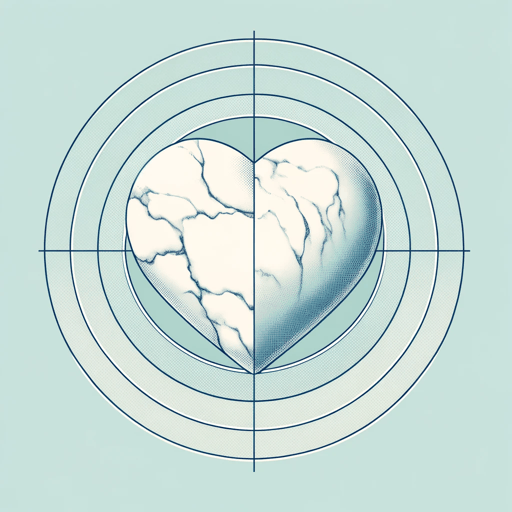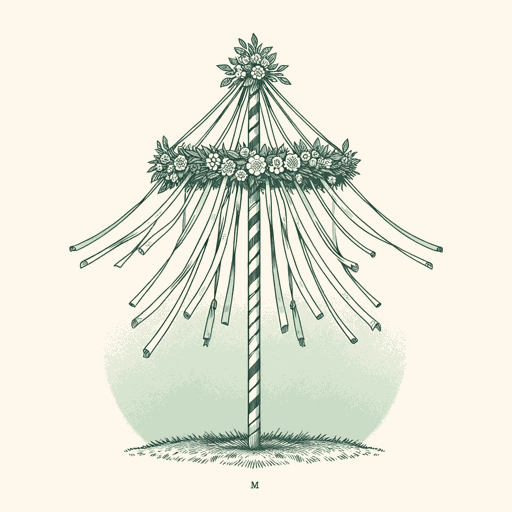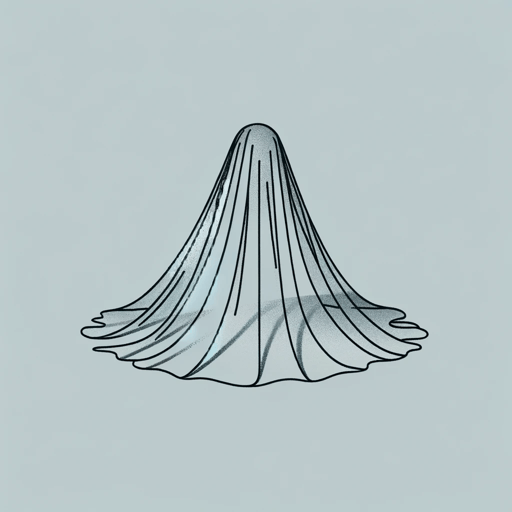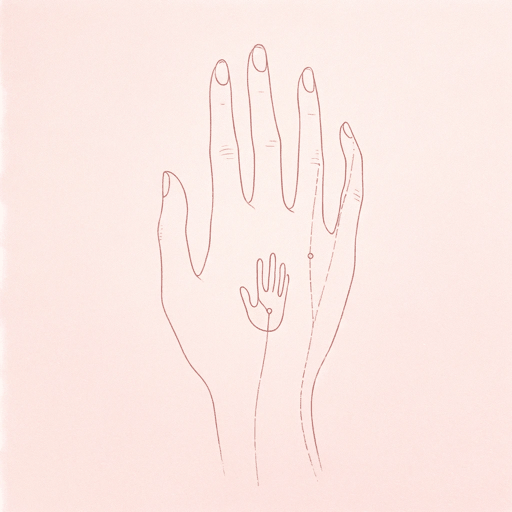32 pages • 1 hour read
Nathaniel HawthorneThe Birthmark
Fiction | Short Story | Adult | Published in 1843A modern alternative to SparkNotes and CliffsNotes, SuperSummary offers high-quality Study Guides with detailed chapter summaries and analysis of major themes, characters, and more. For select classroom titles, we also provide Teaching Guides with discussion and quiz questions to prompt student engagement.
Symbols & Motifs
Georgiana’s Birthmark
The birthmark is a potent symbol of human imperfection, and by extension, a symbol of the frailty of the human condition. Because Aylmer and Georgiana’s admirers perceive Georgiana as someone whose beauty is close to perfection, her birthmark is a stark reminder that she is not perfect; she is merely a human being who is subject to all humanity’s failings. The birthmark is a constant physical reminder of what Aylmer calls “his wife’s liability to sin, sorrow, decay, and death.”
The birthmark is also a symbol of Georgiana’s sexuality. The narrator is careful to point out that the birthmark was not a deterrent when Aylmer was courting Georgiana. His neurosis arises after they marry; that is, when sexual intercourse becomes a part of their relationship. The narrator also points out that the mark all but disappears when Georgiana blushes: “When she blushed it gradually became more indistinct, and finally vanished amid the triumphant rush of blood that bathed the whole cheek with its brilliant glow” (Paragraph 7). This description suggests Aylmer has the power to minimize the appearance of the birthmark simply by giving his wife romantic and/or sexual attention. Instead, Aylmer pursues his scientific ambitions and experiments with his wife, destroying her in the process.
Related Titles
By Nathaniel Hawthorne

Dr. Heidegger's Experiment
Nathaniel Hawthorne

Ethan Brand
Nathaniel Hawthorne

My Kinsman Major Molineux
Nathaniel Hawthorne

Rappaccini's Daughter
Nathaniel Hawthorne

The Ambitious Guest
Nathaniel Hawthorne

The Artist of the Beautiful
Nathaniel Hawthorne

The Blithedale Romance
Nathaniel Hawthorne

The Hollow of the Three Hills
Nathaniel Hawthorne

The House of the Seven Gables
Nathaniel Hawthorne

The Marble Faun
Nathaniel Hawthorne

The Maypole Of Merry Mount
Nathaniel Hawthorne

The Minister's Black Veil
Nathaniel Hawthorne

The Scarlet Letter
Nathaniel Hawthorne

The Wives of the Dead
Nathaniel Hawthorne

Young Goodman Brown
Nathaniel Hawthorne

